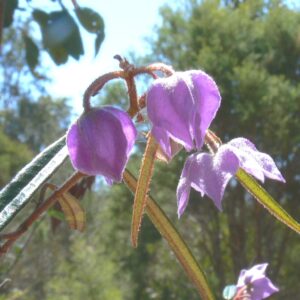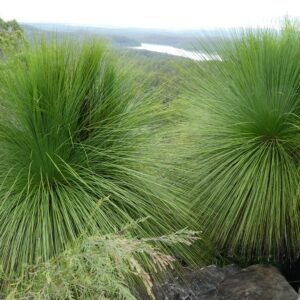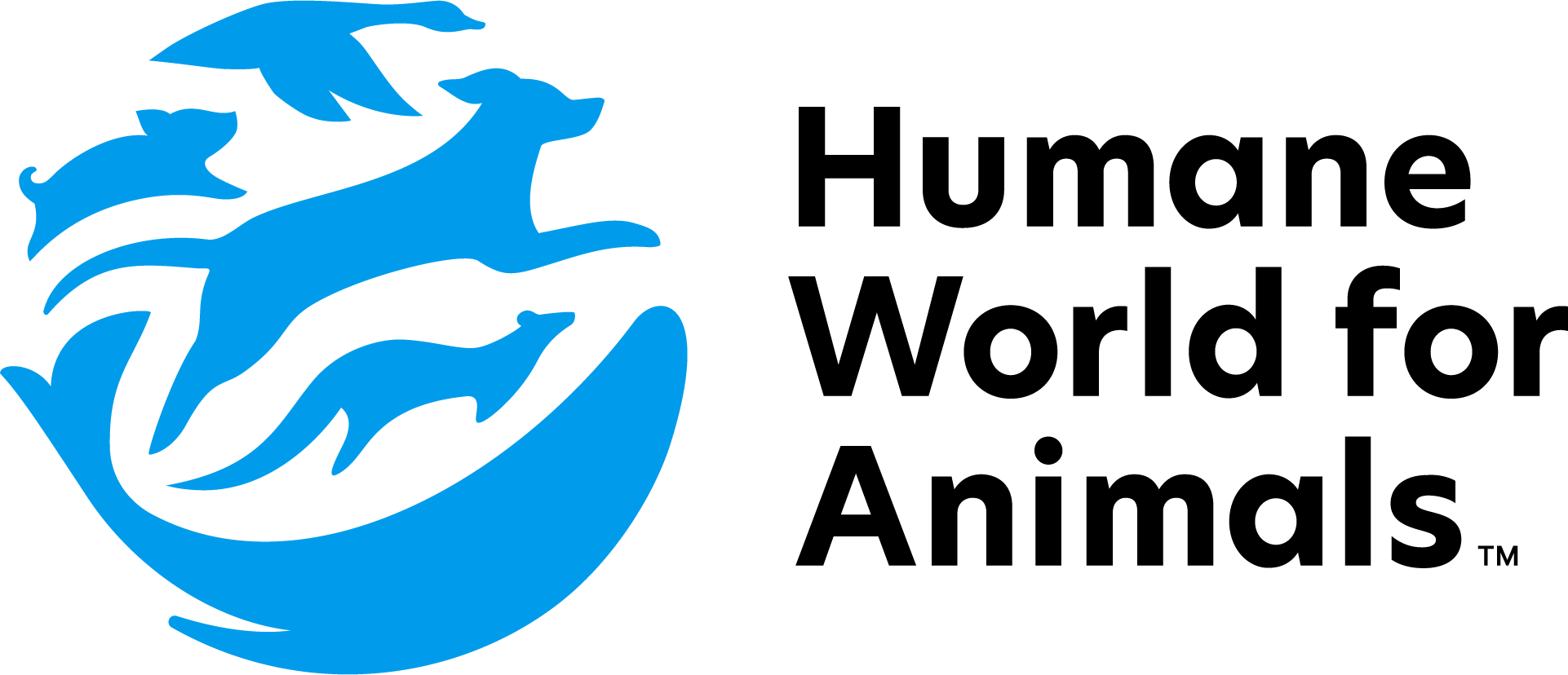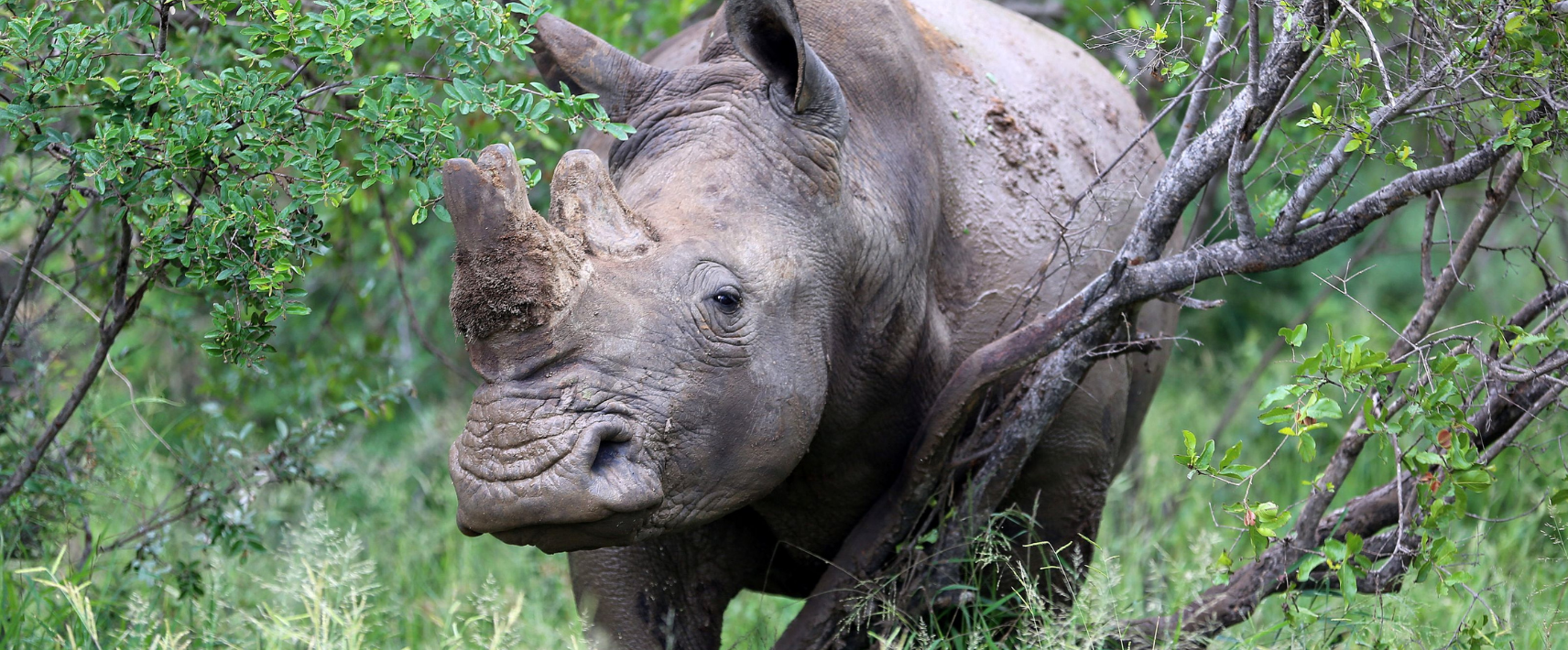One of the most important global meetings on wildlife trade has just wrapped up in Uzbekistan. It’s capital city Samarkand was where governments convened for the 20th Conference of the Parties (CoP20) to the Convention on International Trade in Endangered Species of Wild Fauna and Flora (CITES) to decide how international trade should be managed for some of the world’s most threatened...


Left: Hill’s velvet leaf (Keraudrenia hillii), Right: Steep ridges of the surrounding Shannon Creek wilderness and Xanthorrhoea sp.
Photo credits: John and Patricia Edwards
Shannon Creek Wildlife Conservancy
New South Wales • SOUTH GRAFTON
Our adventurous family of four moved to a 100-acre sanctuary in the Clarence Valley in the 1970s. Before long we had a little brick veneer home, a functioning horse stud and a growing list of over 260 native fauna species, several threatened.
As an early member of our local WIRES branch our property became a rehabilitation and release site. Aviaries and release pens became nestled among re-establishing native trees.
We registered our property as Land for Wildlife and my husband and I took over joint management of the local environment centre. We taught ourselves botany, leading to explorations of the wild forests and steep sandstone ridges around Shannon Creek. We were supported by the National Parks and Wildlife Service, Coffs Harbour Herbarium and Sydney’s Royal Botanic Gardens Herbarium, who helped to identify and collect our contributions of plants for their national collections.
We progressed to delivering the Land for Wildlife program for the Clarence Valley in 2020 and gazetted our property under a permanent conservation agreement in 2018.
Meanwhile, my WIRES membership stimulated two passions: koalas and rufous bettongs. In collaboration with our northern Lismore Friends of Koala group seven mainly hand-raised young koalas were rehabilitated and released onto our property. As Threatened Species Recording Officer for our WIRES branch, I raised bettong joeys, and 13 young bettongs safely joined our population.
In 2011 and 2016 illegally lit fires tore across our property. The second devastating blaze took out over 80 hollow-bearing trees, yellow-bellied and greater glider habitat, old-growth glossy black-cockatoo Allocasuarina feed groves and koala feed. Our once rowdy night-shift bushland fell eerily silent. After this, motion sensor camera surveys picked up many creatures thought lost and brush turkeys and squirrel gliders we didn’t know we had. The healing process started.
In 2018, the Clarence Valley was recognised as potentially supporting good koala populations. In 2021 a koala detector dog found koala scats within the Areas of Regional Koala Significance. Together with my historical records, this proved a resilient koala population.
It has been a long trudge back to normality from the lows. But frogs are starting up at the creek, koala scats are appearing on our property again, and little rufous bettongs are arriving nightly at our garden after years of absence.
Patricia and John Edwards
Members since 2010


